Case 21E, 121E, 221E, 321E Series 3 Wheel Loaders Service Manual
$34.00
Case Loader Service Manual
Manual Included: This comprehensive service manual comprises two sections, each with detailed content spanning 489 and 488 pages.
Specifications:
u2022 Brand: Case
u2022 Model: 21E, 121E, 221E, 321E Series 3
u2022 Type: Loader
u2022 Manual Type: Service Manual
u2022 Publication Numbers: 87734636C & 87734636A
u2022 Language: English
u2022 Format: PDF
Brake Accumulator Manual Extract
Product Overview
The brake accumulator is a crucial component in hydraulic systems, designed to ensure consistent performance in the event of hydraulic pressure loss. This membrane-type accumulator boasts a robust design, featuring a pressure-resistant steel container that houses an elastic membrane, crucial for separating hydraulic fluid and gas.
Key Features
- Membrane Type Accumulator: Efficient membrane design ensures reliable operation during pressure fluctuations.
- Durable Construction: Made with a high-strength steel container to withstand high pressures.
- Secure Membrane Assembly: The membrane is secured between the lower and upper parts of the body, preventing slippage.
- Metallic Disc Support: A metallic disc is integrated to keep the membrane in place, particularly under stress.
Benefits
- Provides multiple activations for connected users even when hydraulic pressure is compromised.
- Ensures separation of hydraulic fluid and gas for enhanced performance and safety.
- Reduces the risk of hydraulic system failure, offering peace of mind and operational reliability.
Usage Recommendations
- Installation: Ensure that the accumulator is securely installed following manufacturer guidelines to maintain efficiency.
- Maintenance: Regularly inspect the membrane and gas pre-charge pressure to ensure optimal performance.
- Operational Limits: Operate within the specified minimum and maximum service pressures for best results.
When hydraulic pressure is absent, the membrane, pre-loaded with gas to a certain pressure (P0), rests against the accumulator’s interior surface. The poppet valve halts the flow of liquid at this stage.
Applying hydraulic pressure causes the gas pressure to be surpassed. The subsequent compression of nitrogen lifts the poppet, allowing liquid flow into the accumulator. The effective liquid volume depends on the variation between gas volumes at different service pressures.
Only logged in customers who have purchased this product may leave a review.

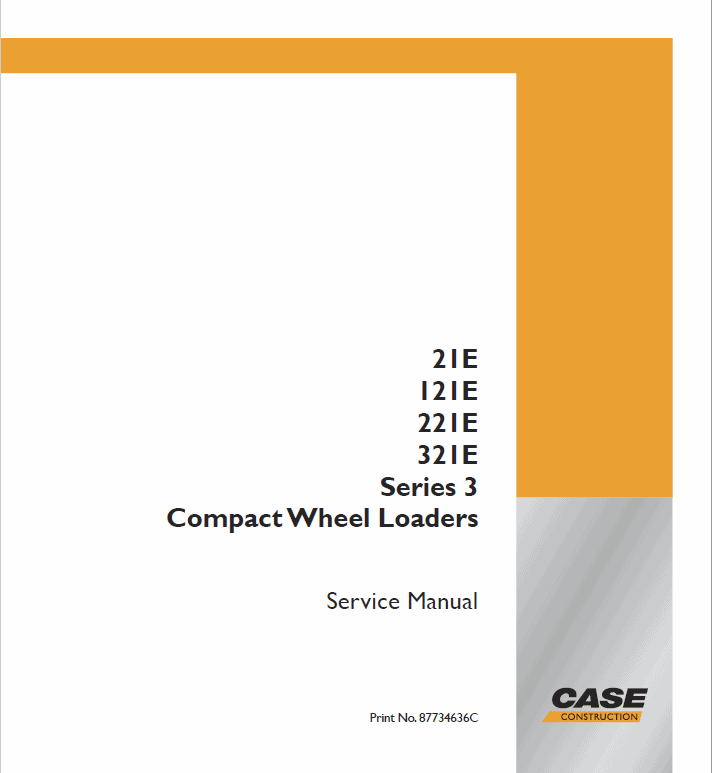
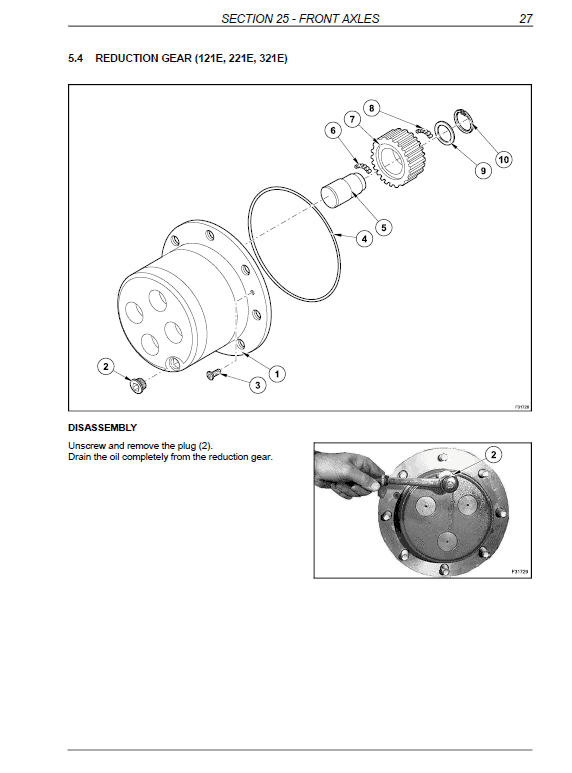
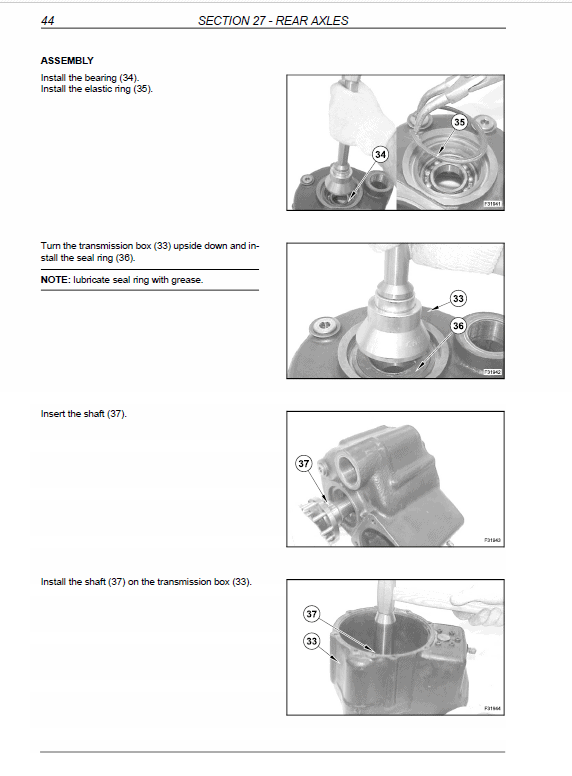
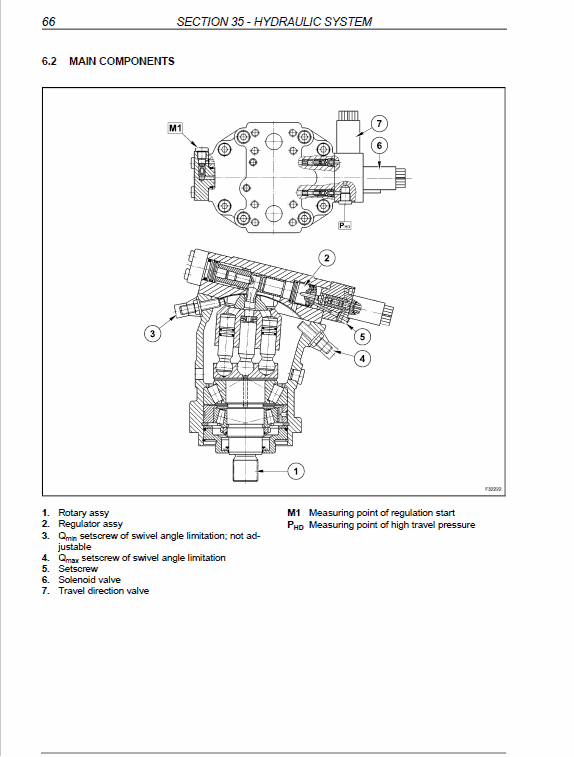
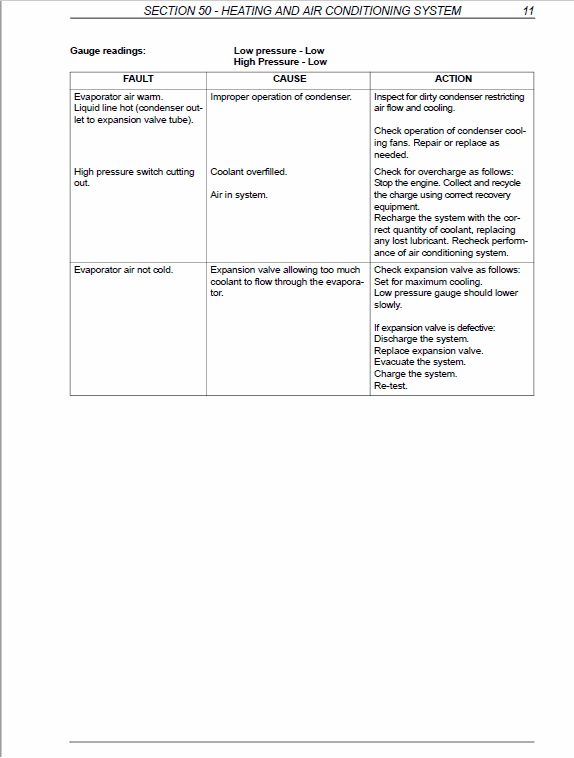


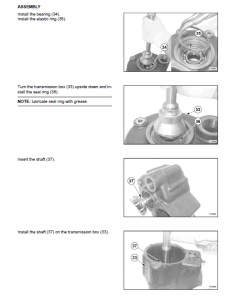
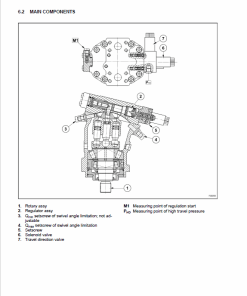



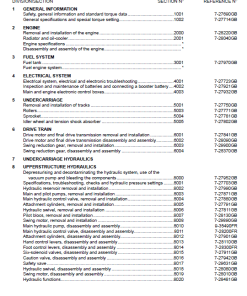
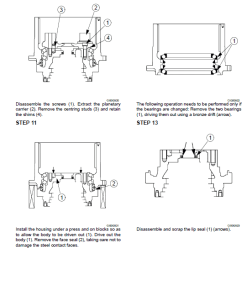
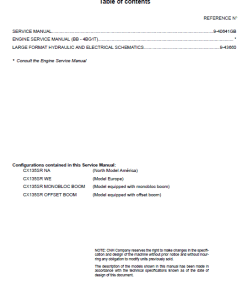
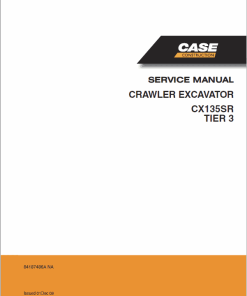
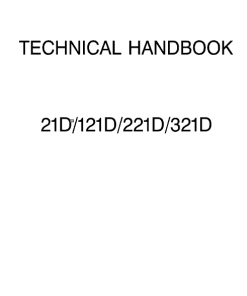
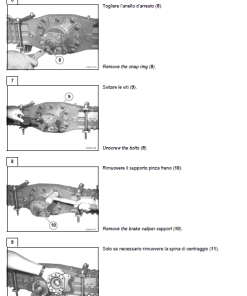
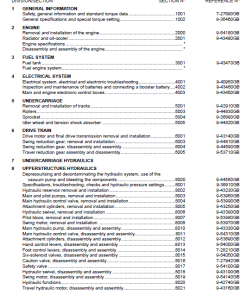

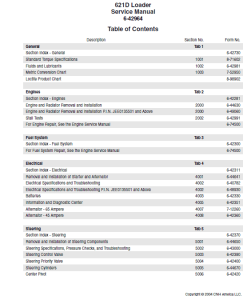
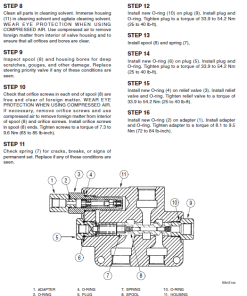


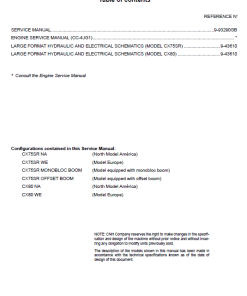
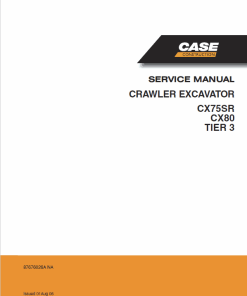
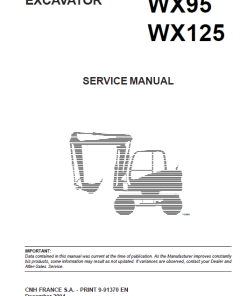
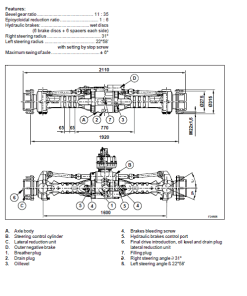
Reviews
There are no reviews yet.